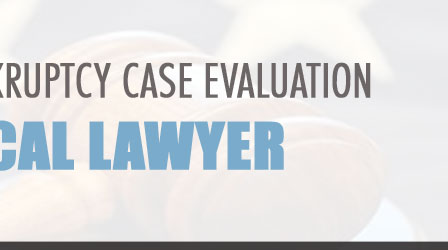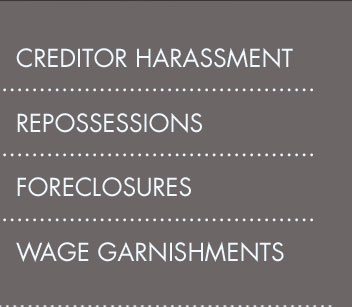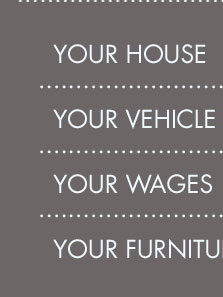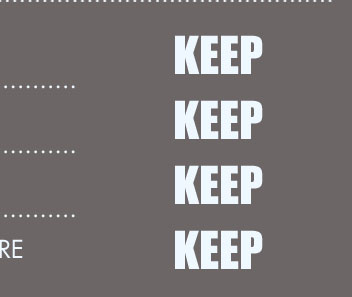 |
 |
 |
|---|
 |
 |
 |
|---|---|---|
 |
 |
 |
 |
 |
 |
|---|---|---|
 |
 |
 |
 |
How Do I File for Bankruptcy in Utah: A Comprehensive Guide
Filing for bankruptcy in Utah can be a complex process, but understanding the steps involved can make it more manageable. This guide will walk you through the key stages and considerations to help you navigate your way to financial relief.
Understanding Bankruptcy Types
There are primarily two types of bankruptcy for individuals: Chapter 7 and Chapter 13. Each has its own set of qualifications and processes.
Chapter 7 Bankruptcy
Chapter 7, often referred to as 'liquidation bankruptcy,' allows you to discharge most of your debts. However, you may need to surrender some of your assets.
- Eligibility: Means test must be passed.
- Process: Non-exempt assets are liquidated to pay creditors.
- Outcome: Quick discharge of debts, usually within a few months.
Chapter 13 Bankruptcy
Chapter 13, or 'reorganization bankruptcy,' involves creating a repayment plan to pay back debts over three to five years.
- Eligibility: Regular income is required.
- Process: Debtors propose a repayment plan to the court.
- Outcome: Debts are reorganized, and remaining balances may be discharged after completion of the plan.
The Filing Process
1. Credit Counseling
Before filing, individuals must complete a credit counseling course from an approved agency within 180 days of filing.
2. Collecting Necessary Documents
Gather financial records, including income, debts, assets, and expenses. This will be crucial for the next steps.
3. Filing the Petition
The bankruptcy process officially begins with the filing of a petition in the Utah Bankruptcy Court. You will need to include schedules of assets and liabilities.
4. Meeting of Creditors
This meeting, known as a 341 meeting, allows creditors to ask questions about your financial situation. Attendance is mandatory.
Life After Bankruptcy
After successfully filing for bankruptcy, it's important to focus on rebuilding your credit and financial stability.
- Monitor your credit report regularly.
- Consider creating a budget to manage expenses effectively.
- Explore options such as secured credit cards to rebuild your credit score.
For those needing immediate assistance, consider consulting an emergency bankruptcy filing service to expedite the process.
Frequently Asked Questions
What are the costs involved in filing for bankruptcy in Utah?
The cost includes court fees and attorney fees, which can vary. It's recommended to budget for both the filing fee and professional assistance.
How long does the bankruptcy process take?
Chapter 7 can take a few months, whereas Chapter 13 may take three to five years, depending on the repayment plan.
Can all debts be discharged?
No, certain debts like student loans, child support, and some taxes are typically not dischargeable.
For more information on legal representation, consider reaching out to a denver bankruptcy attorney to explore your options and get professional guidance.
Here, you'll find an explanation of Chapters 7 and 13, checklists to help you understand the process and stay organized, and Utah's property exemption laws and ...
We provide helpful tips and resources to help you file Chapter 7 bankruptcy in your state without a lawyer.
To begin the bankruptcy process you must itemize your current income sources; major financial transactions for the last two years; monthly living expenses; ...
![]()